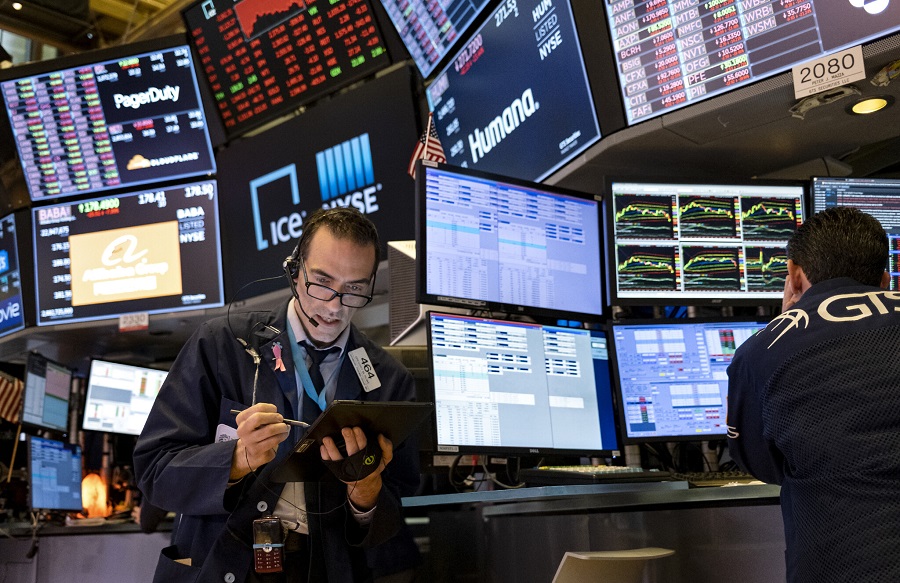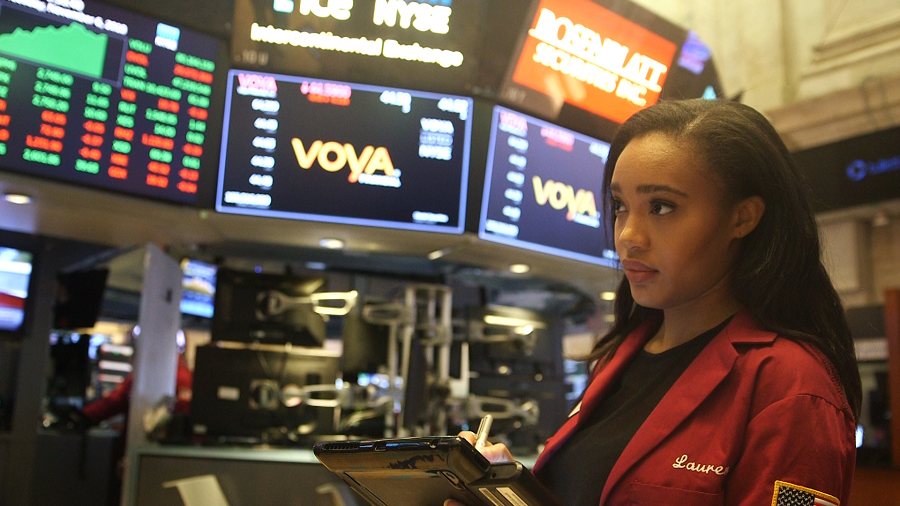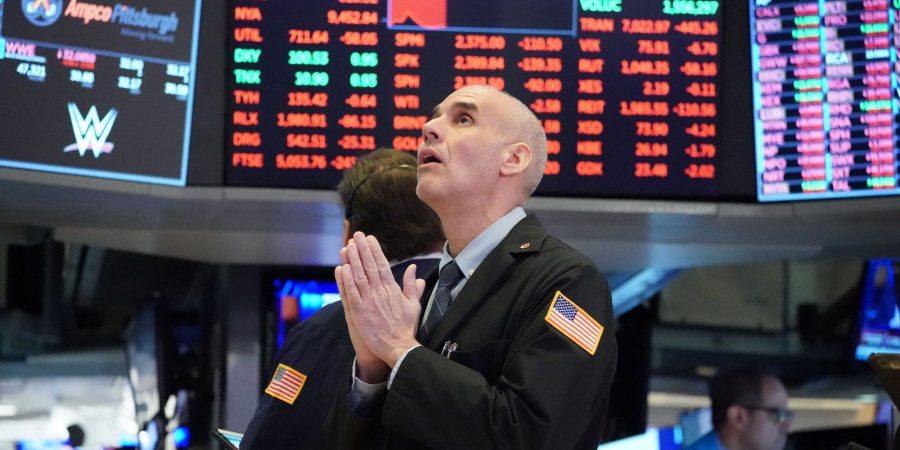It was another bearish week for U.S. stocks as the major indexes suffered weekly declines. The S&P 500’s decline from its January all-time high hitting 20% at one point, before a late-session reversal lifted the benchmark index to a flat finish.
The New York Stock Exchange (NYSE) All Share Index (ASI) lost 1.16% for the week representing its 8th week of consecutive decline. It opened, trading at 15,257.4 basis points and it closed the week trading at 15,081.0 basis points. Although the week started bearish for the NYSE in the first two days, however, Wednesday’s decline saw the exchange’s index trading at a price point not traded since February 2021. Despite the gains seen on the last two trading days, it was not enough to overturn Wednesday’s decline.
The NASDAQ posted its 7th week of decline, losing 3.82% during the week under consideration. It started at a basis point of 11,729.33 and ended the week at 11,354.62 basis points. The week in question saw a decrease in the volume of transactions against the previous week by 2.43% as the market recorded a volume of 1.20 billion.
The Dow Jones and the S&P 500 also posted declines, 2.90% and 3.10% respectively. The Dow Jones is on its 8th week of decline while the S&P 500 is on its 7th week of a market downturn.
What’s moving the market?
Stocks dipped into bear market territory on Friday. The decline in investor confidence recently is majorly attributable to the lacklustre retail earnings, which has raised fears that a consumer-led downturn is approaching, on top of the inflation and supply chain challenges that have weighed on sentiment for weeks.
To put how significant the market decline is today, The S&P 500 and the Nasdaq logged their seventh straight week of losses. This is the index’s longest losing streak since the end of the dotcom bubble in 2001. The Dow Jones index suffered its eighth consecutive weekly decline, its longest since 1932, during the Great Depression.
The S&P 500 spent most of the session in negative territory and at one point was down just over 20% from its Jan. 3 record high close before ending down 18% from that level and flat for the day. Closing down 20% from that record level would confirm the S&P 500 has been in a bear market since reaching that January high, according to a common definition. The tech-heavy Nasdaq was last down about 27% from its record close in November 2021.
More specifically, weighing heavily on the S&P 500 is Tesla’s share price falling 6.4% after Chief Executive Elon Musk denounced as “utterly untrue” claims in a news report that he sexually harassed a flight attendant on a private jet in 2016. Other Megacap stocks also fell, with Apple down 5.50%, Google-owner Alphabet Inc, down 1.3% and Nvidia losing 2.5%.
Also weighing on markets is the recent disappointing forecasts from big retailers like Walmart, Kohl’s Corp and Target Inc, which have rattled market sentiment, adding to evidence that rising prices have started to hurt the purchasing power of U.S. consumers.
On Friday, Ross Stores plunged 22.5% after the discount apparel retailer cut its 2022 forecasts for sales and profit, while Vans brand owner VF Corp gained 6.1% on a strong 2023 revenue outlook. Shares of Deere & Co dropped 14% after the heavy equipment maker posted downbeat quarterly revenue. Pfizer rose 3.6%, helping the S&P 500 avoid a loss for the day.
Twitter’s share price was on the move again early Tuesday as Elon Musk confirmed that his $44 billion deal for the platform cannot move forward until he has more clarity on how many accounts are fake. The stock fell 3% to $36 in premarket trading on the news, down a total of 25% from the week prior, with the completion of the transaction looking increasingly uncertain. In fact, the stock has lost all its gains since closing at $39.31 on April 1, which was the last session before the billionaire disclosed his minority stake in Twitter.
On a macro level, weighing on the market is also the surging inflation and rising interest rates. These factors have pummeled the U.S. stock market this year, with danger signals from Walmart Inc and other retailers this week adding to fears about the economy.
Despite these factors weighing on the market, there seems to be a glimmer of hope, if one squints hard enough, which includes a decline in U.S. bond yields, a levelling off for the U.S. dollar and commodity prices, and partial reopening from COVID lockdowns in China.
Top 5 gainers
Although the U.S. markets performed poorly, there are still some notable gainers for the week. They include:
- Applied Blockchain Inc (APLD) 102.78%
- Nanoviricides Inc (NNVC) 101.18%
- Redbox Entertainment Inc (RDBX) 98.51%
- Agriforce Growing Systems Ltd (AGRI) 76.05%
- Biomea Fusion Inc (BMEA) 69.43%
Top 5 losers
- Polarityte Inc (PTE) -55.60%
- Chimerix Inc (CMRX) -44.58%
- An2 Therapeutics Inc (ANTX) -41.18%
- Tonix Pharm Holdings (TNXP) -39.73%
- Cyngn Inc (CYN) -38.30%




















